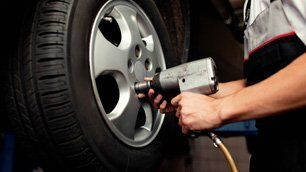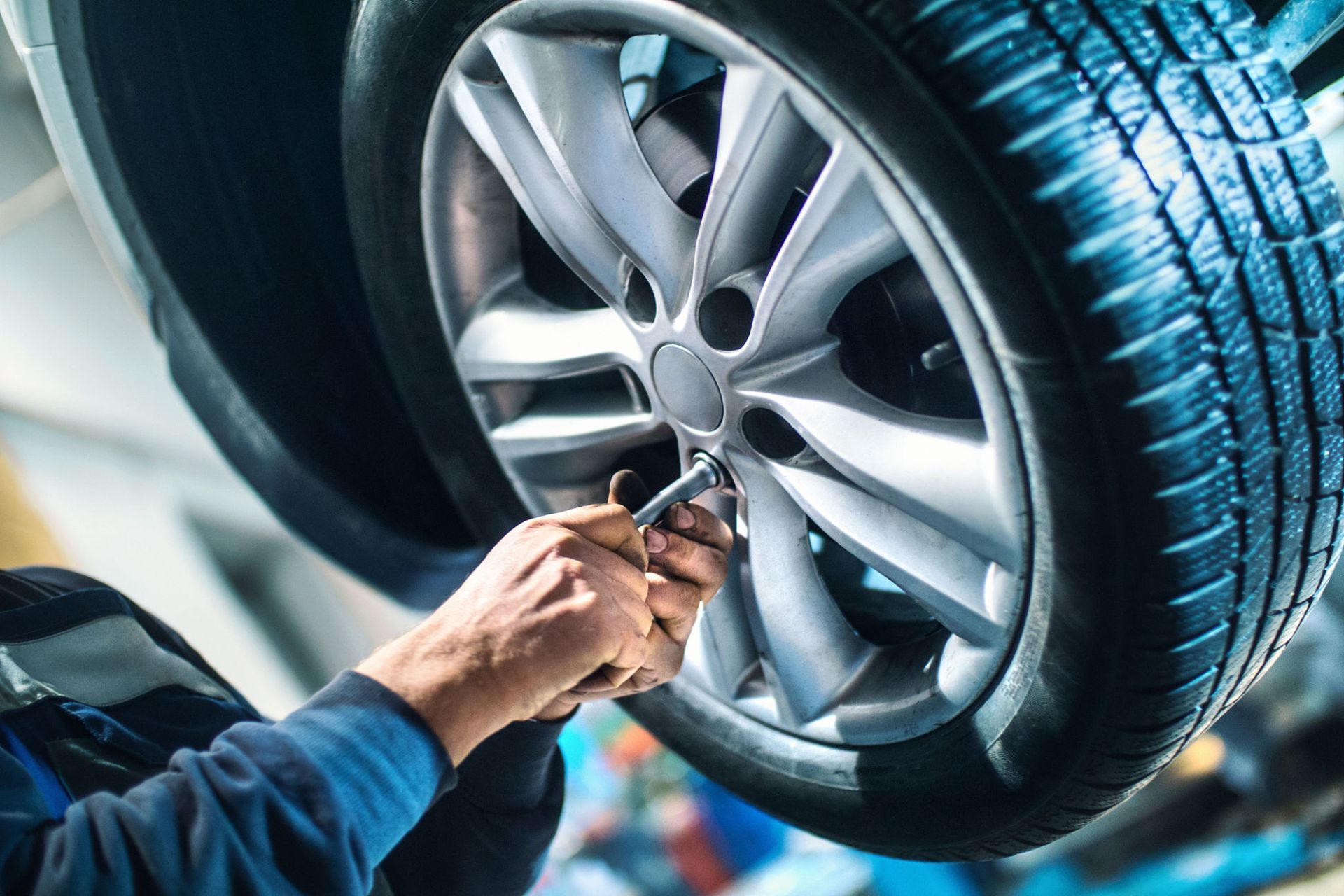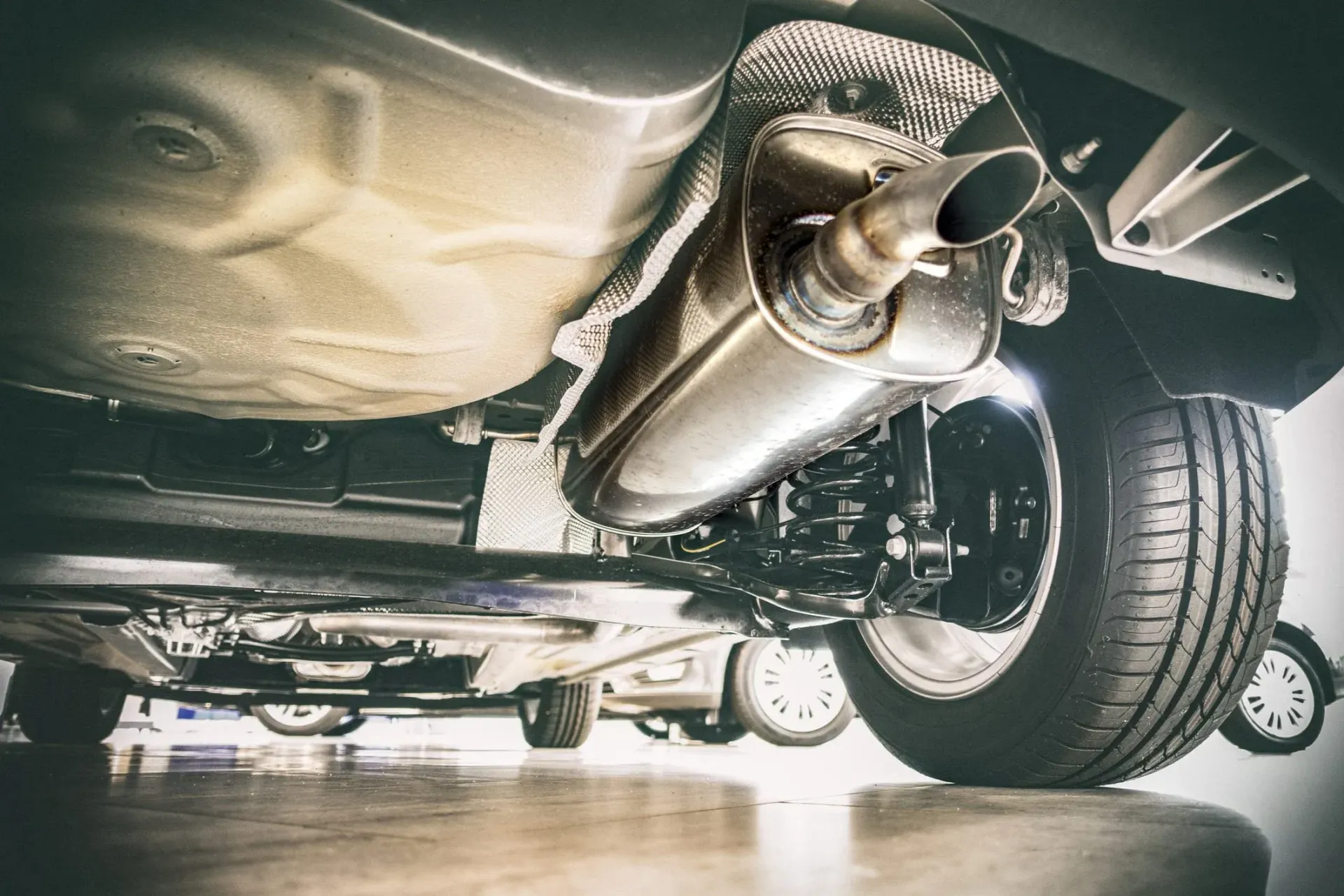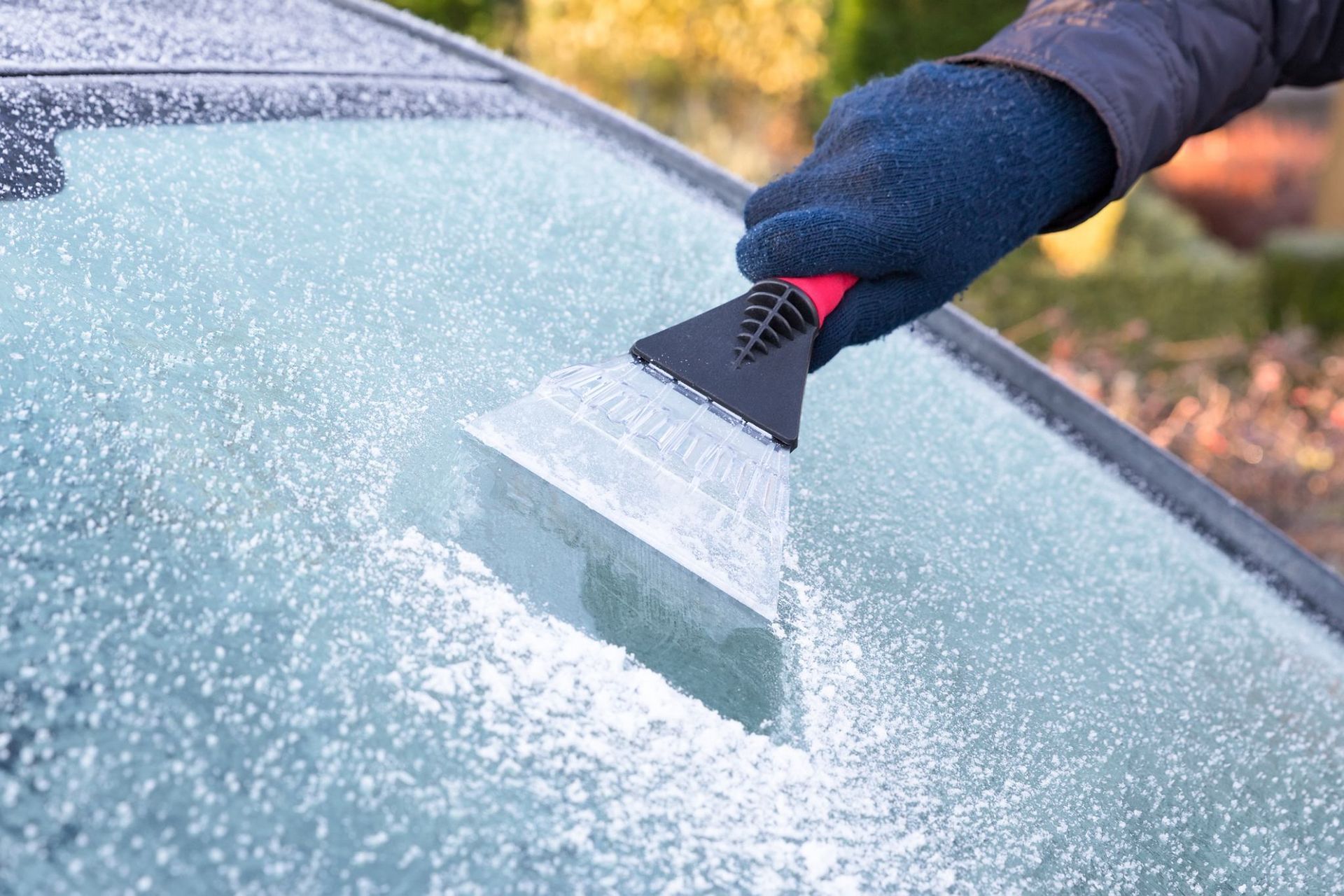Car MOT Time: What Are Your Options

As a motorist, it’s imperative to always ensure that your vehicle is not a danger to yourself, your family or other road users. By driving a faulty car, you are putting yourself and others at risk. When a motor vehicle is little more than a giant metal sledgehammer driving at high speeds, making sure it’s in working order cannot and should not be underestimated.
According to the World Health Organisation (WHO), road accidents are now the biggest killer of children and young adults across the globe . The report suggests that road accidents are now a bigger killer than even HIV/Aids and, although these figures are higher in developing countries, there are still many lessons we need to learn here in the UK.
There are many common car faults that can drastically increase the likelihood of a crash and they can be averted with some simple maintenance. The Department for Transport revealed that faulty brakes and defective tyres were the primary defects that contributed to road accidents in the UK. Defective tyres were the most common problem, but faulty brakes were found to be the most likely to cause a road accident.
These
defects are relatively easy to spot whilst driving, so there should be no
excuse not getting them sorted out. Both of these parts of the car are
inspected thoroughly during an MOT Test. These annual tests assess the roadworthiness
of a vehicle, so it’s imperative to take them very seriously and act on the
findings if your car fails or is found to have advisories. Read on to find out
more about your options when booking in an MOT and what to do if your car
fails.
Use a Professional Mechanic For Your MOT
By law, you must use an approved MOT test centre to be awarded a valid and legally binding MOT test certificate. If you get your test certificate from a centre that hasn’t been certified, then your MOT will be invalid and your car will be deemed unfit to drive on the roads.
However, although you must use a professional to obtain your MOT, you can do some DIY tests beforehand to give your car a better chance of passing.
Firstly, it’s a good idea to inspect your brakes as one of the crucial areas of the car that will be rigorously checked. If you feel a shuddering as your drive or brake, you can smell burning hair, you can hear a grinding sound as you drive or your brake warning light is coming on, then you should get them checked before the MOT.
Similarly, if you’ve noticed that your car feels unbalanced as you drive, you may have some issues with your suspension or tyres. To check your tyre tread, try the 20p coin trick. All you need to do is place a 20p coin into the main grooves of the tyre and check whether the outer edge of the coin is in view or obscured. If it’s obscured, then the tread is legal but if it’s visible then it’s illegal which is a sure-fire MOT failure. So, if you notice this problem before an MOT test it’s worth taking it to the garage for repairs.
Almost one-fifth of all MOT failures are due to broken or faulty lights. These are easy to check; just get a friend to stand outside the car and check all of the external lights - headlights, rear brake lights, indicators etc - to ensure they’re working properly. If they’re not, get them repaired before the MOT.
Now you’ve done your initial DIY checks, made any necessary repairs and you’re ready to book in at your local garage what actually happens during an MOT test?
The test will take between 45 minutes and an hour and during the process, many of the crucial elements of the car will be tested and checked to ensure they’re still fit for purpose.
During the
test, the mechanic will do routine maintenance to make sure that the car can
operate at a minimum level to make you safe for the road. The test will focus
on the main areas of the car. On the inside, the mechanic will check that all
the lights, switches, seat belts, seats, wipers, steering wheel, speedometer
and horn are all in working order. On the outside, the mechanic will check all
of the external lights, the quality of the mirrors and windows, the fuel cap
and the external condition of the doors and their operation. Underneath the
car, the mechanic will give special attention to the drive shafts, suspension,
all the bearings, brakes, shock absorbers, fuel system and the condition of the
chassis to ensure it’s not damaged. Finally, the mechanic will take a look
under the bonnet of the car to check the battery and all electrical wiring. If
any major problems are found, you might fail your MOT, but some issues might
just come with what’s called an ‘advisory’ note.
How Your Car Might Fail an MOT Test and How To Get Back on The Road
Your car can fail an MOT for a number of reasons, but the vast majority of failures are down to relatively run of the mill maintenance issues like faulty bulbs, worn tyres or deteriorating brake pads. They can also be for more serious problems but, more often than not, they are down to things you could have fixed beforehand with relative ease.
To avoid this in the future, it’s worth taking serious note of the advisories that are left on the MOT or looking through to your latest MOT certificate before the test to ensure these have been addressed. Advisories are not compulsory changes but indicate that some work may need to be done in the coming year or two. These will often mention tyres, so if an advisory note says that your tyres will need checking out soon, get them looked at before your next MOT.
If your MOT does fail, you will be given a refusal of MOT certificate and you must make the necessary repairs to ensure that the vehicle meets the required safety standards . The refusal certificate will detail exactly why your car has not passed and will explain what repairs need to be made for the car to pass. Often those repairs can be made then and there. It’s important to make these changes immediately as you may not be covered by your insurance if you drive it. The only place you should drive your car after an MOT failure is a garage to get the repairs done.
Once you’ve
had these crucial repairs made, you can then take the car back to an MOT
testing centre to be retested. If you leave your car for more than 10 working
days from failure, you’ll be liable to pay for another test in full. If you
take it back to the original test centre within 10 working days, then you will
have to pay for a partial test. However, the two best options are to leave the
car to be fixed by the garage where the MOT was performed, or take it back
within one working day for a retest. These options mean that you’ll get a free
partial test on the specific reasons that the car failed.
Book Your MOT With Acorn Tyres & Servicing
At Acorn Tyres and Services, we are experts in a number of car maintenance and repair services. Whatever age your vehicle is, we can fix, maintain and MOT test any make or model. We put our customers at the centre of everything, which is why we always use only the highest quality parts and work around a time that suits you.
If your car is due for an MOT test or a service and you’re searching for a ‘car mechanic near me’, look no further than Acorn Tyres & Servicing. We’re one of the most well regarded and highly recommended garages for car repairs in Aylesbury.
To find out more, contact us today. You can find us at 1 Weston Way Industrial Estate, Lower Road, Aylesbury, HP22 5GT or call us on 01296 612 075










